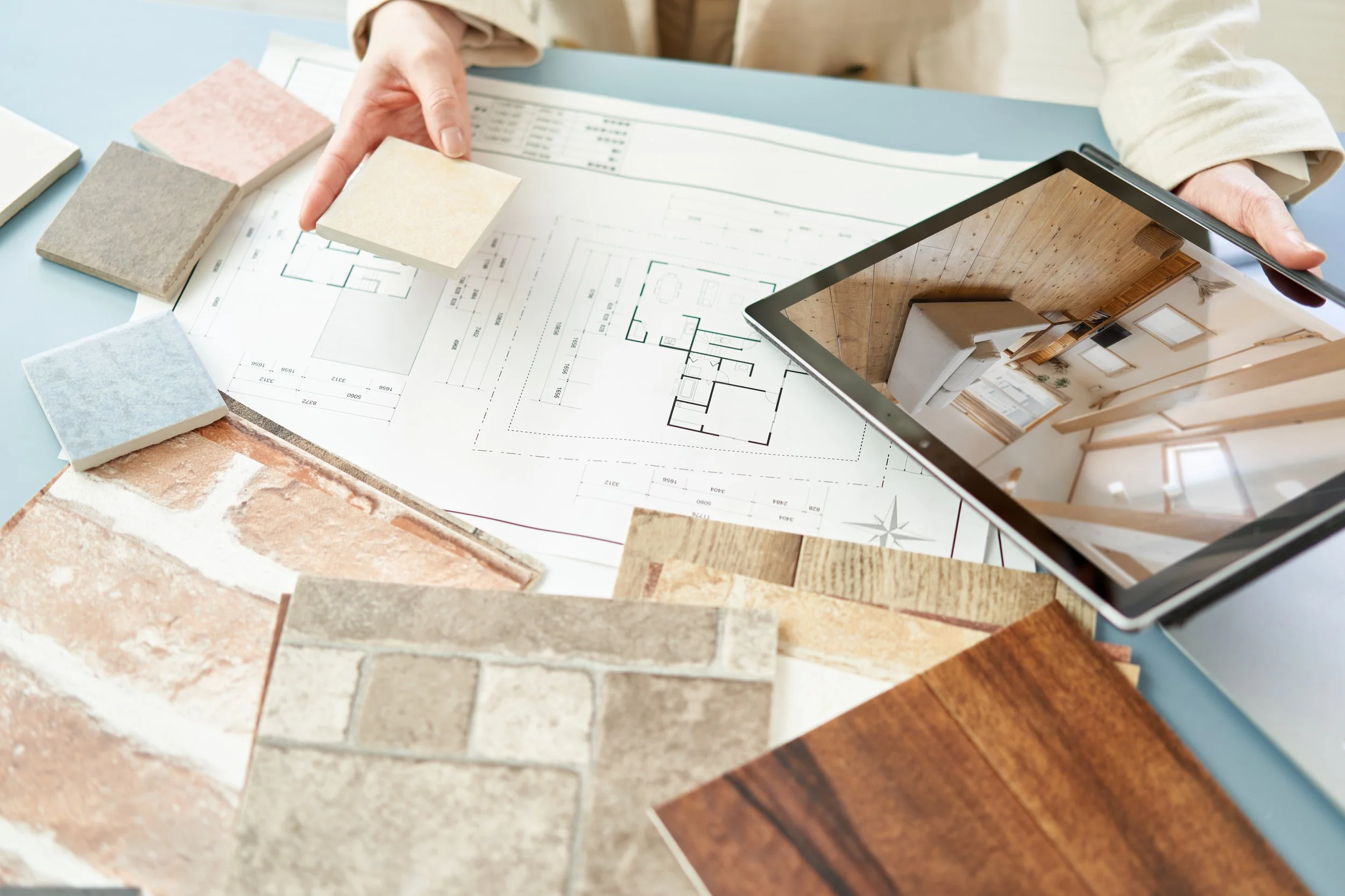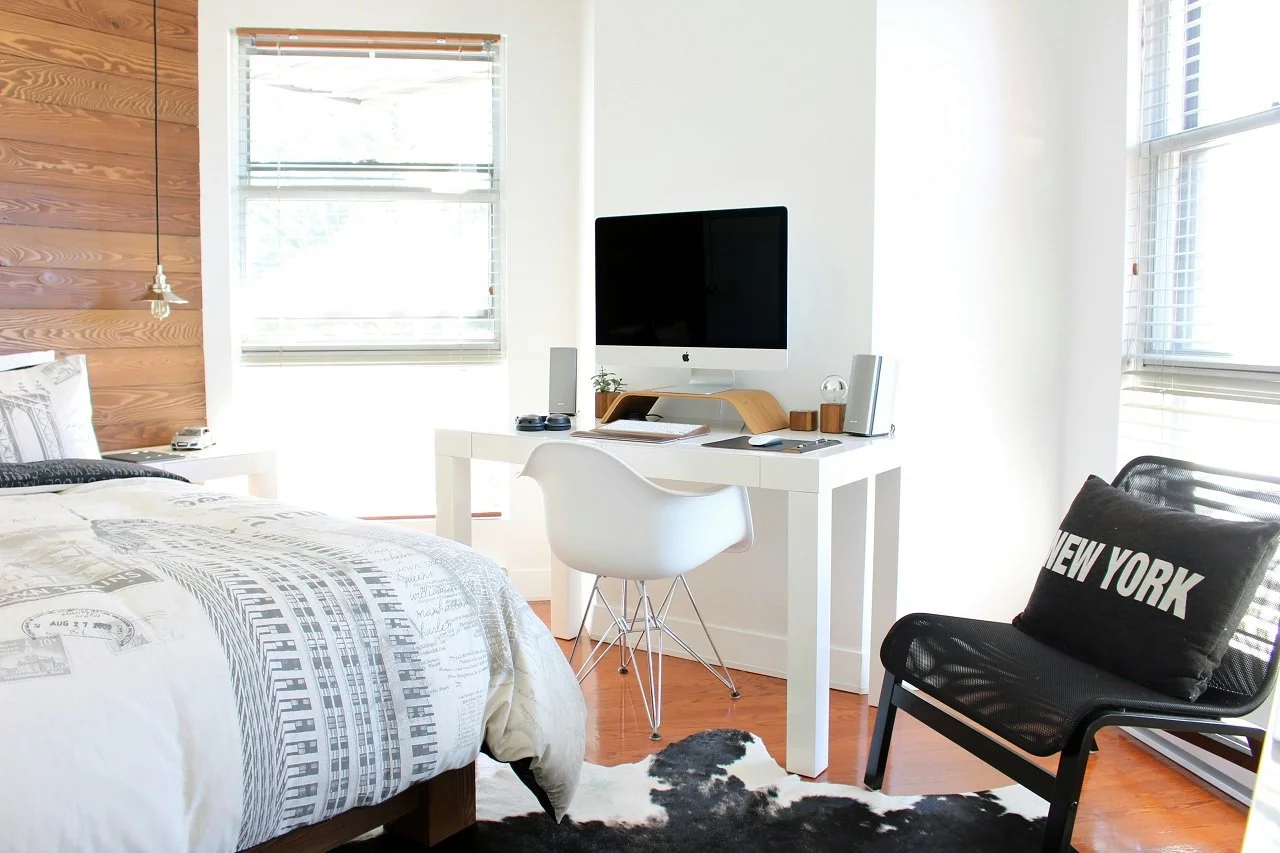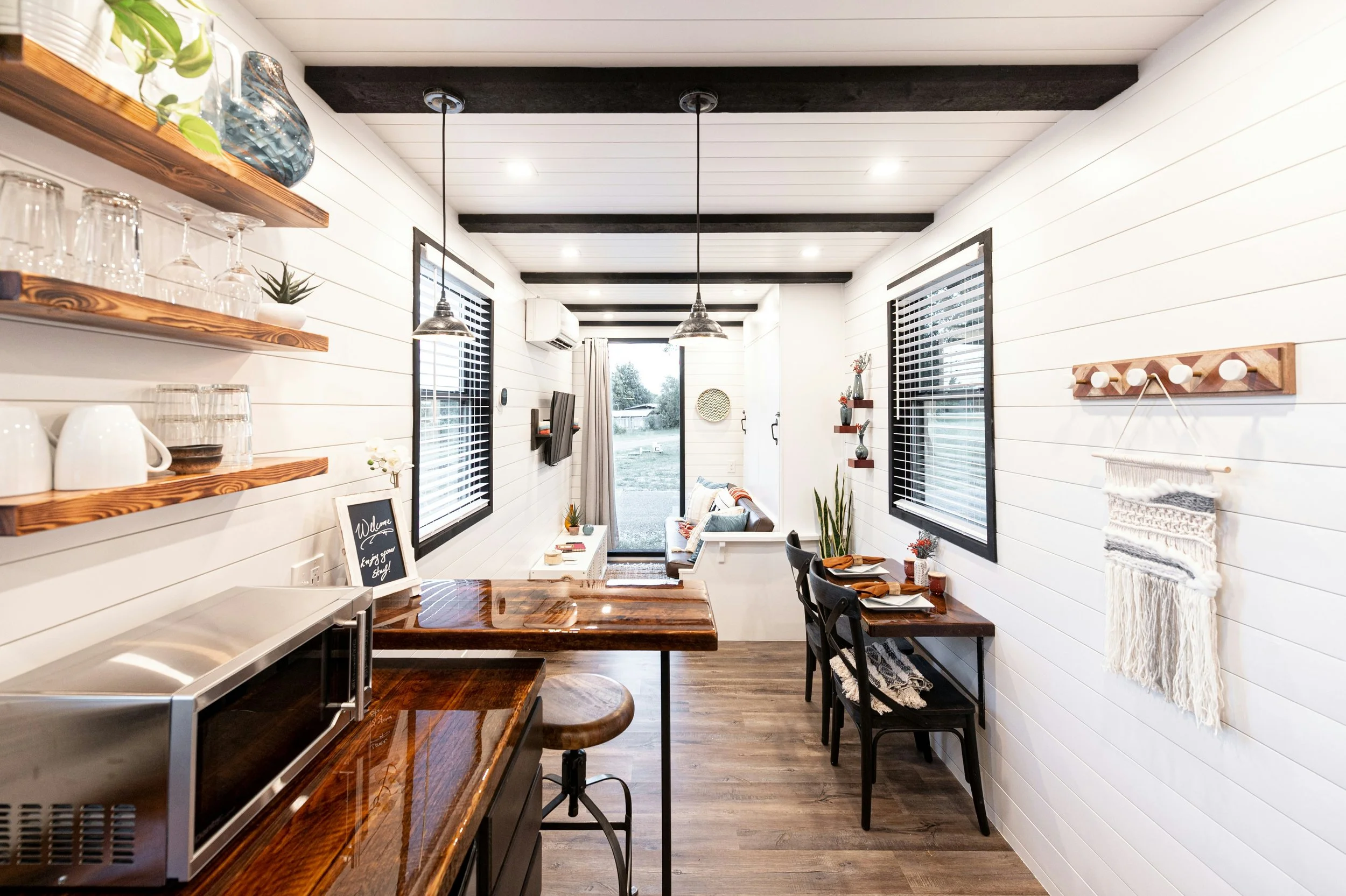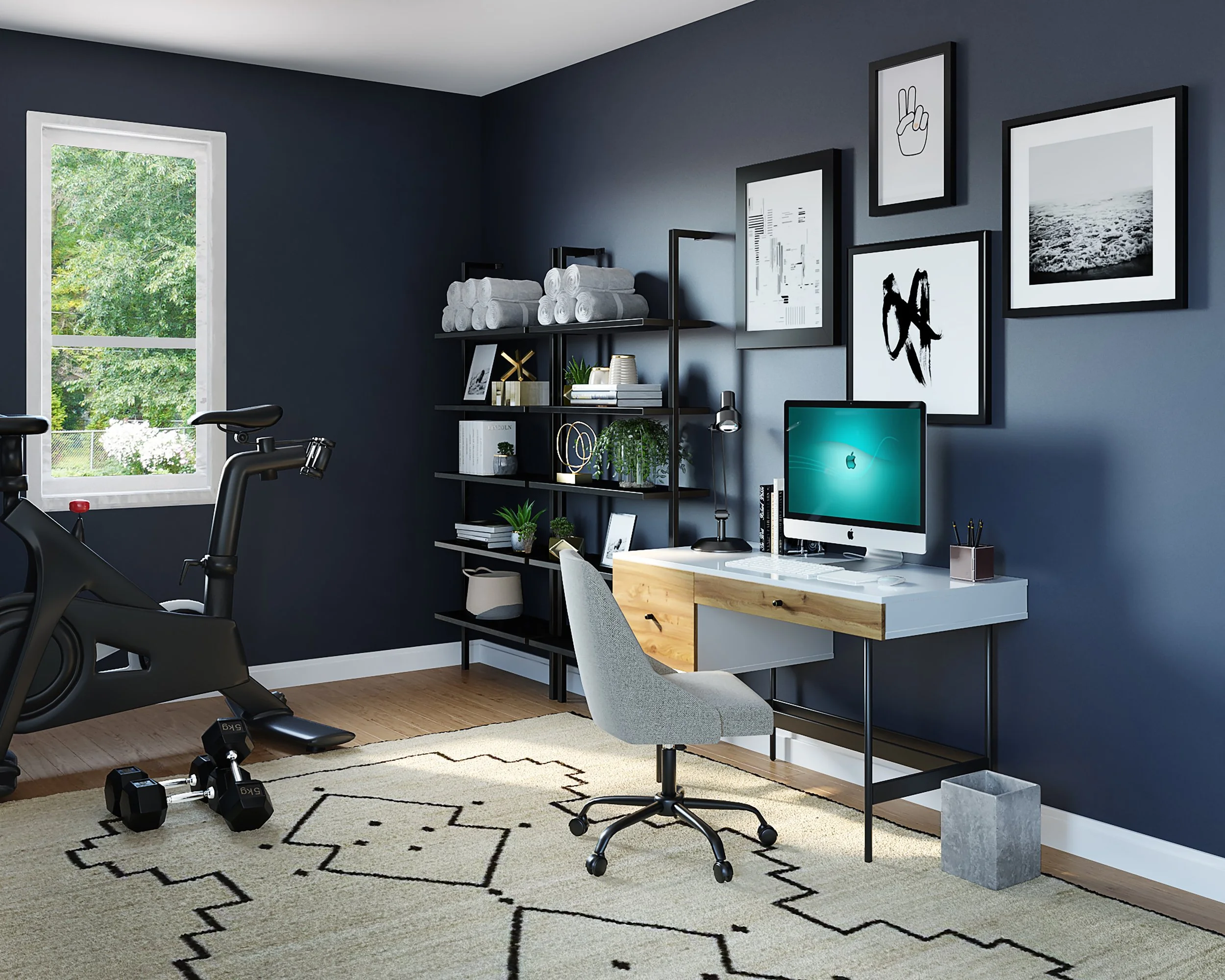Where travel meets inpiration and inspiration creates extravagant designs



Simple Steps to Plan Your Home Remodel
Remodeling a home is an exciting journey that requires careful planning and decision-making.











Top Reasons Why Home Remodeling is a Wise Investment
Are you considering renovating your home?
